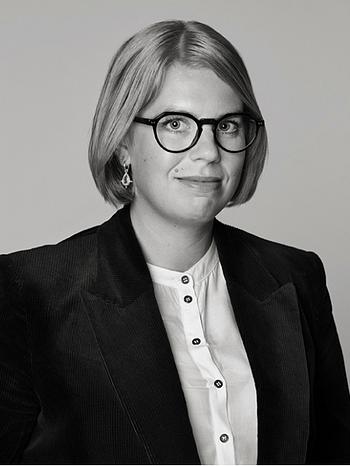Baltasar Lobo
"Lèda"
Signed Lobo and numbered 1/6, concieved 1945, the cast edition 1/6 was made in 1960. Foundry mark Susse Fondeur Fres, cire perdue. Sculpture, patinated bronze, height 21 cm, length 32 cm.
The work will be included in the forthcoming Catalogue Raisonné of sculptures by Baltasar Lobo, that will be published by Galeria Freites under no 4501.
Provenance
Konstnärens familj.
Exhibitions
Galerie Daniel Malingue, París, France, "Lobo", 1988, another example exhibited.
Museo de Arte Contemporáneo de Caracas, Venezuela, "Lobo", 1989-1990, another example exhibited.
Galería Freites, Caracas, Venezuela, "Baltasar Lobo", 1993, another example exhibited.
Centre d’Arts Plastiques, Royan, France, "Baltasar Lobo sculptures", 1995, another example exhibited.
Fundación Cultural MAPFRE VIDA, Madrid, Spain, "Baltasar Lobo 1910-1993", 1997, another example exhibited.
Galería Freites, Caracas, Venezuela, "Baltasar Lobo", 1999, another example exhibited.
Galerie Interart, Gineva, Switzerland, "Baltasar Lobo", 2010-2011, another example exhibited.
Literature
J-E. Muller & V. Bollmann-Müller, "Lobo: Catalogue raisonné de l'oeuvre sculpté", 1985, no. 41.
More information
The Spanish sculptor Baltasar Lobo is primarily known for his sculptures depicting mothers and children. He studied under Ramon Núñez as an apprentice and at the Museum of Fine Arts of Valladolid. After the Spanish Civil War, Lobo moved to Paris, where he became acquainted with artists Pablo Picasso and Joan Miró, who inspired him to turn away from purely naturalistic and classical depictions to reduce sculptures to their most basic forms. He created his sculptures in both marble and bronze, often with shiny surfaces.
Lobo was a contemporary of Jean Arp and Constantin Brancusi but developed his distinct style in his slender representations of the female body. His works are characterized by sensitivity and simplicity, making the sculptures still appear as timeless monuments today.
In Paris, Lobo also befriended the Swedish sculptor Liss Eriksson and his wife, the painter Britta Reich Eriksson. This led to Lobo's participation in a group exhibition in Stockholm and Oslo in 1948, organized by the Norwegian and Swedish Spain Committees for Spanish artists in exile. During the exhibition, Lobo got to know the family of Ingrid and Conny Andersson in Björkhagen. Conny Andersson had volunteered with the International Brigades during the Spanish Civil War. Three years later, in 1951, Lobo had his first solo exhibition in Sweden at Galerie Blanche in Stockholm. In 1977, Lobo attended the inauguration of "La Mano," Liss Eriksson's sculpture in memory of the Spanish volunteers, located on Katarinavägen. In a newly created park between Björkhagen subway station and Markuskyrkan, since 2016, Lobo's sculpture "Moderskap" can be found, a donation from Liss Eriksson's association of friends.























































